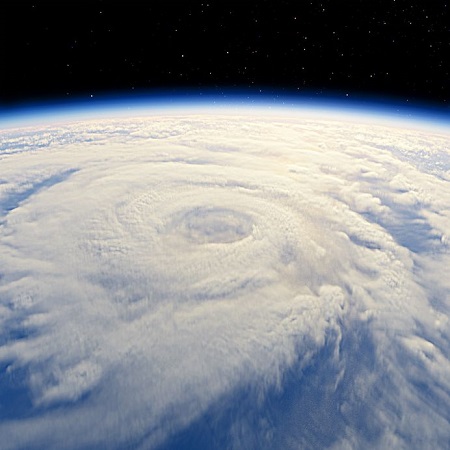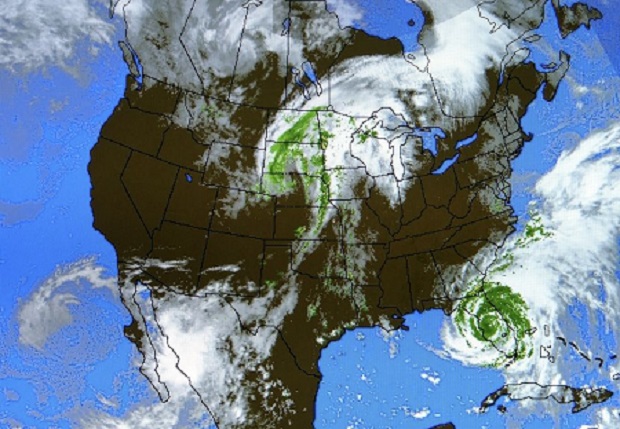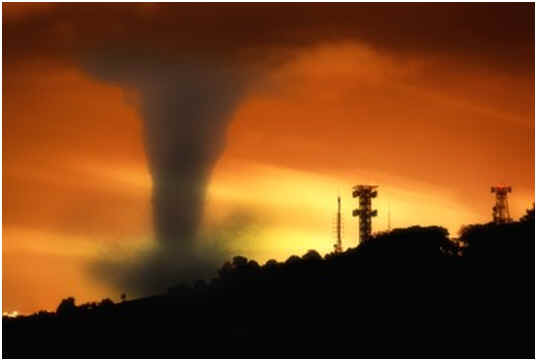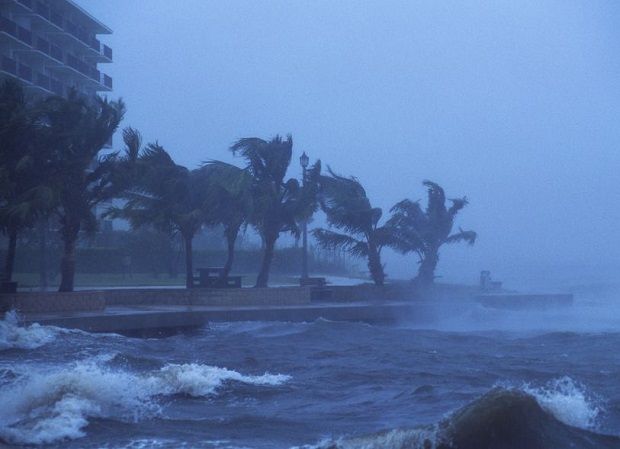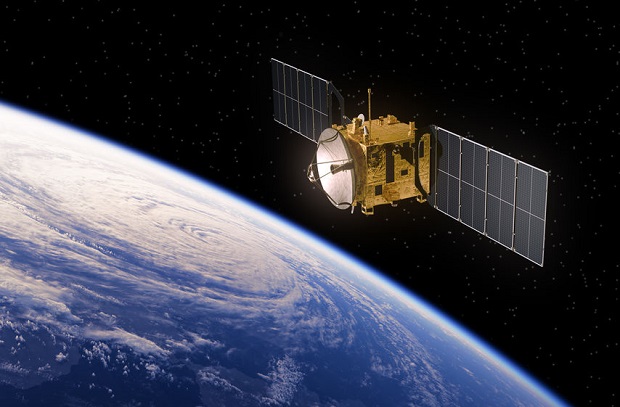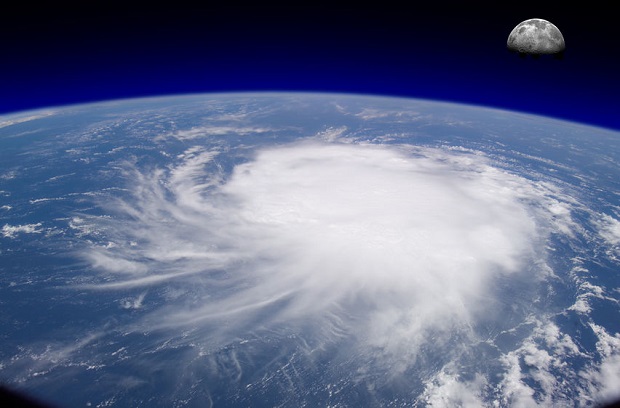
How Are Hurricanes Formed?
Hurricanes form when warm air masses over tropical sections of the ocean rise to create an area of low pressure. Air from the surrounding region is pulled into the low-pressure area, where it too is heated and rises, driving the air pressure further downward. This air movement combines with the earth’s rotation to create a spinning mass of clouds. Once the air pressure gets low enough, and the wind speeds are high enough, the storm is considered a hurricane.
A Hurricane is Region-Specific
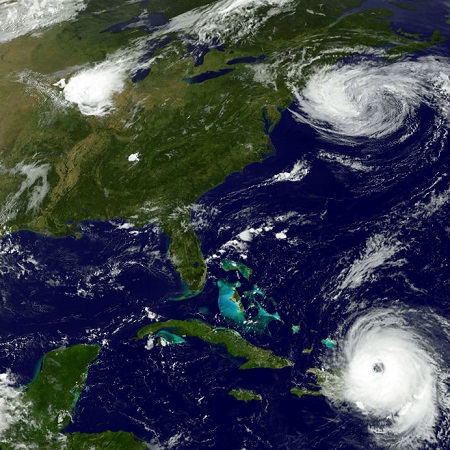
These types of storms are not solely geo-specific to the North Atlantic and Northeast Pacific oceans, but they are the only locations where ‘hurricanes’ occur. Hurricane is simply a region-specific name for the more generic scientific term tropical cyclone. You will encounter a hurricane if it occurs in the South Pacific Ocean east of 160E, the North Atlantic, or the Northeast Pacific Ocean east of the dateline. You will encounter a typhoon if it occurs in the Northwest Pacific west of the dateline. The tropical cyclone is called a severe tropical cyclone or category three cyclone in the Southwest Pacific Ocean or the Southeast Indian Ocean, a very severe cyclonic storm in the North Indian Ocean, and a tropical cyclone in the Southwest Indian Ocean.
Wind Speeds Define Status
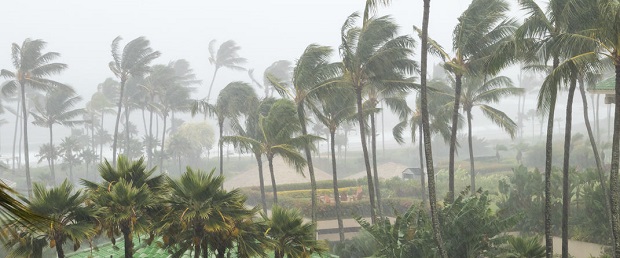
The wind speed of a storm determines its status. The wind speed of a particular storm must be at least 74 miles per hour for the storm to be considered a hurricane.
Storms defined by Wind Speed
- Hurricane: < 74 miles per hour
- Tropical Storm: 39-73 miles per hour
- Tropical Depressions: > 39 miles per hour
Once formed, hurricanes may lose strength if they drift over land or cooler water masses. If the wind speeds fall too low, the storm may lose its hurricane status or get it back if the winds strengthen again.
Resources
NASA – “How Do Hurricanes Form?“
Atlantic Oceanographic & Meteorological Laboratory – “What Is a Hurricane, Typhoon, or Tropical Cyclone?“
National Weather Service: National Hurricane Center – “Hurricane Lifecycle and Hazards“
Related: How Are Hurricanes Measured?
